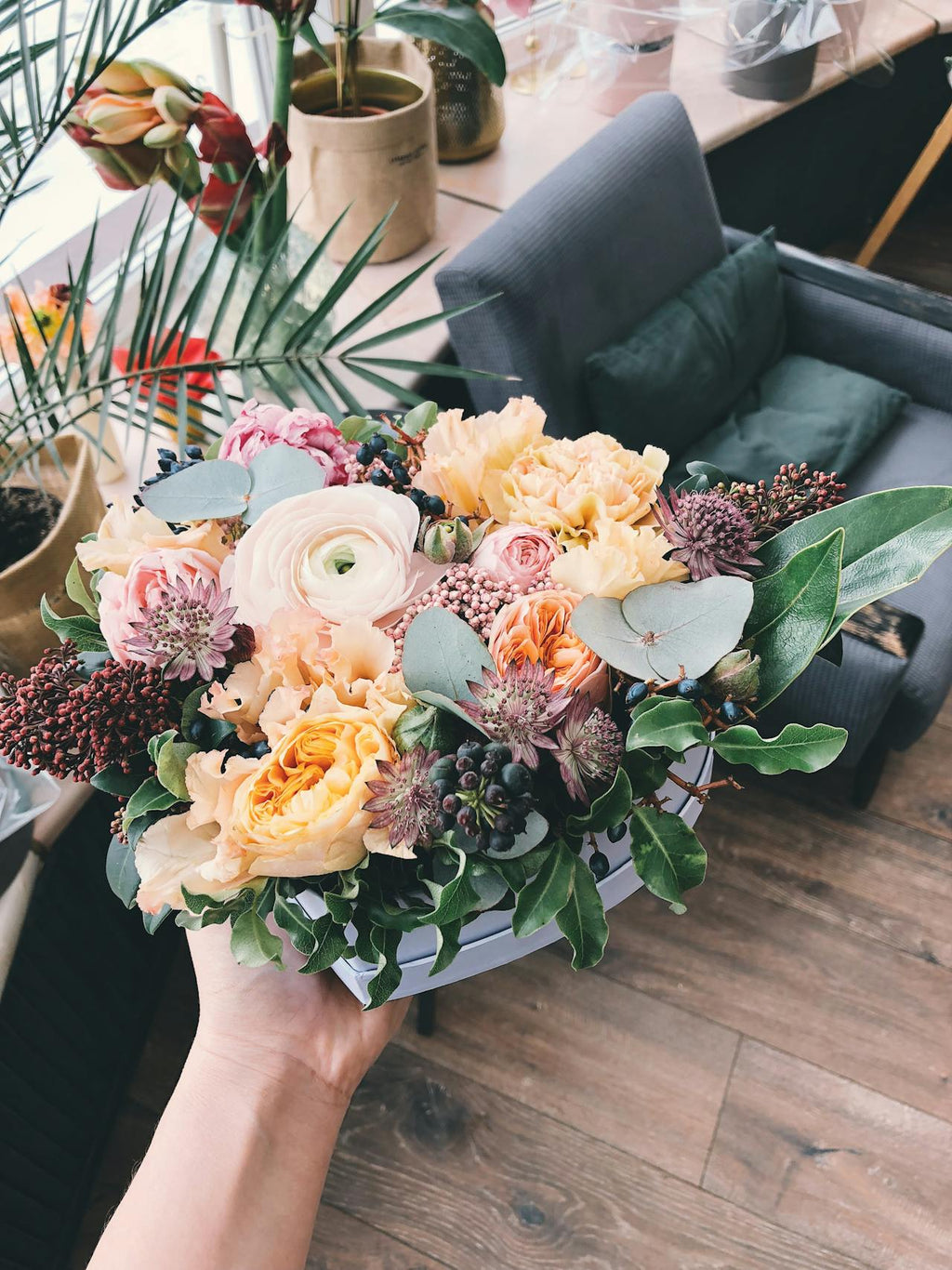Creating a beautiful bouquet is an art form that requires careful consideration of various elements. One of the key factors in designing a cohesive bouquet is the selection and arrangement of focal flowers, filler flowers, and foliage. Flowerbee Florist explores how to use these different components to create a stunning and harmonious bouquet design.
What are Focal Flowers?
Focal flowers are the stars of the bouquet, drawing the most attention and creating a focal point. These flowers are typically larger in size and have a unique shape or color that stands out. Roses, peonies, and sunflowers are popular choices for focal flowers. When using focal flowers, it's important to consider their size, color, and texture to ensure they complement the overall design.
How to Use Filler Flowers
Filler flowers play a crucial role in adding volume and texture to the bouquet. They are smaller, delicate flowers that fill in the gaps between the focal flowers. Baby's breath, wax flowers, and statice are commonly used as filler flowers. When incorporating filler flowers, distribute them evenly throughout the bouquet to create a balanced look. Their subtle colors and delicate petals provide a soft backdrop for the focal flowers.
Choosing the Right Foliage
Foliage is the greenery that adds depth and structure to the bouquet. It acts as a frame for the focal and filler flowers, enhancing their beauty. Eucalyptus, ferns, and ivy are popular choices for foliage. When selecting foliage, consider its shape, texture, and color. Choose foliage that complements the overall color scheme and style of the bouquet. The right foliage can add a touch of elegance or create a wild and organic look.
Creating a Cohesive Design
Now that you understand the role of focal flowers, filler flowers, and foliage, it's time to bring them together to create a cohesive bouquet design. Start by selecting a color palette that harmonizes with the occasion or theme. Consider the emotions you want to evoke with the bouquet. For a romantic bouquet, opt for soft pastel colors and delicate flowers. For a vibrant and energetic bouquet, choose bold and contrasting colors.
Next, arrange the focal flowers in the center of the bouquet, creating a focal point. Surround them with filler flowers, distributing them evenly to create a balanced look. Finally, add foliage around the edges of the bouquet, framing the flowers and adding depth. Pay attention to the height and shape of the bouquet, ensuring it is visually appealing from all angles.
Remember, practice makes perfect when it comes to bouquet design. Experiment with different combinations of focal flowers, filler flowers, and foliage to find your unique style. With time and experience, you'll become a master at creating cohesive and breathtaking bouquet designs.
Further reading:



